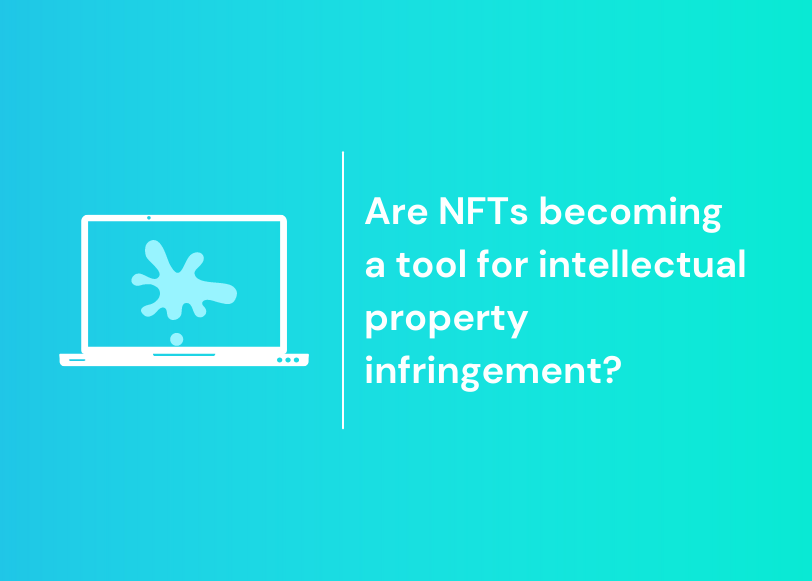The dimensions in which the law applies today are changing. New spaces like the metaverse, blockchain and digital currencies provide new areas in which LawTech will have to operate in the future and Legal Utopia continues to scope these new areas.
The Non-Fungible Tokens (NFTs) market grew rapidly in 2021 and continues to do so in 2022. An NFT is a secure, blockchain-based certificate that represents an entitlement its owner has to a (usually) digital or physical asset (eg artwork or music) or experience (eg a backstage pass). The value of an NFT derives from its uniqueness and attachment to the underlying asset and its scarcity.
The cryptoasset was hailed by many to be a way for artists and creative designers to monetise their creations in a digital world and build their reputation. With the proliferation of the cryptoasset however, the opposite has happened with the NFT marketplace becoming a hot bed for trademark and copyright infringement. For instance, artist Aja Trier, found that her viral Vincent Van Gogh-style paintings have been turned into roughly 86,000 NFT’s without any involvement or authorisation from her. Whilst, in January, John Terry was forced by the Premier League to remove an NFT from his twitter which featured the trophy as it is protected by trademark.
Normally, what stops intellectual property infringement is the threat of injunctions, court proceedings and the possibility of paying hefty damages and turning over any profits made off the back of the infringement. Some argue that because NFT’s are a new concept and often fall as unregulated tokens, the legal consequences of infringement are unclear. Law firms on the other hand, often advice differently.
NFTs becoming a tool for intellectual property infringement may be more to do with the marketplace and platforms than with the regulatory framework. Moreover, the NFT marketplace operators has been accused of lacking effective enforcement of intellectual property rights. Often it is the rights-holders filing notice and takedown requests themselves with the marketplace operators then reacting, rather than having a robust screening procedure in place to stop infringement in the first place. Overall, NFTs represent a chance for artists to generate revenue from their works, but the key operators face questions over their practices and need to knuckle down on the rampart intellectual property infringement on their platforms if they want to continue to enjoy significant freedom from regulations. Additionally, operators may face potential contributory liability in infringement cases if they do not crackdown on the issue if it can be shown they were “aware of the infringing activity, and induced, cause, or materially contributed to the activity”.

Leave a comment